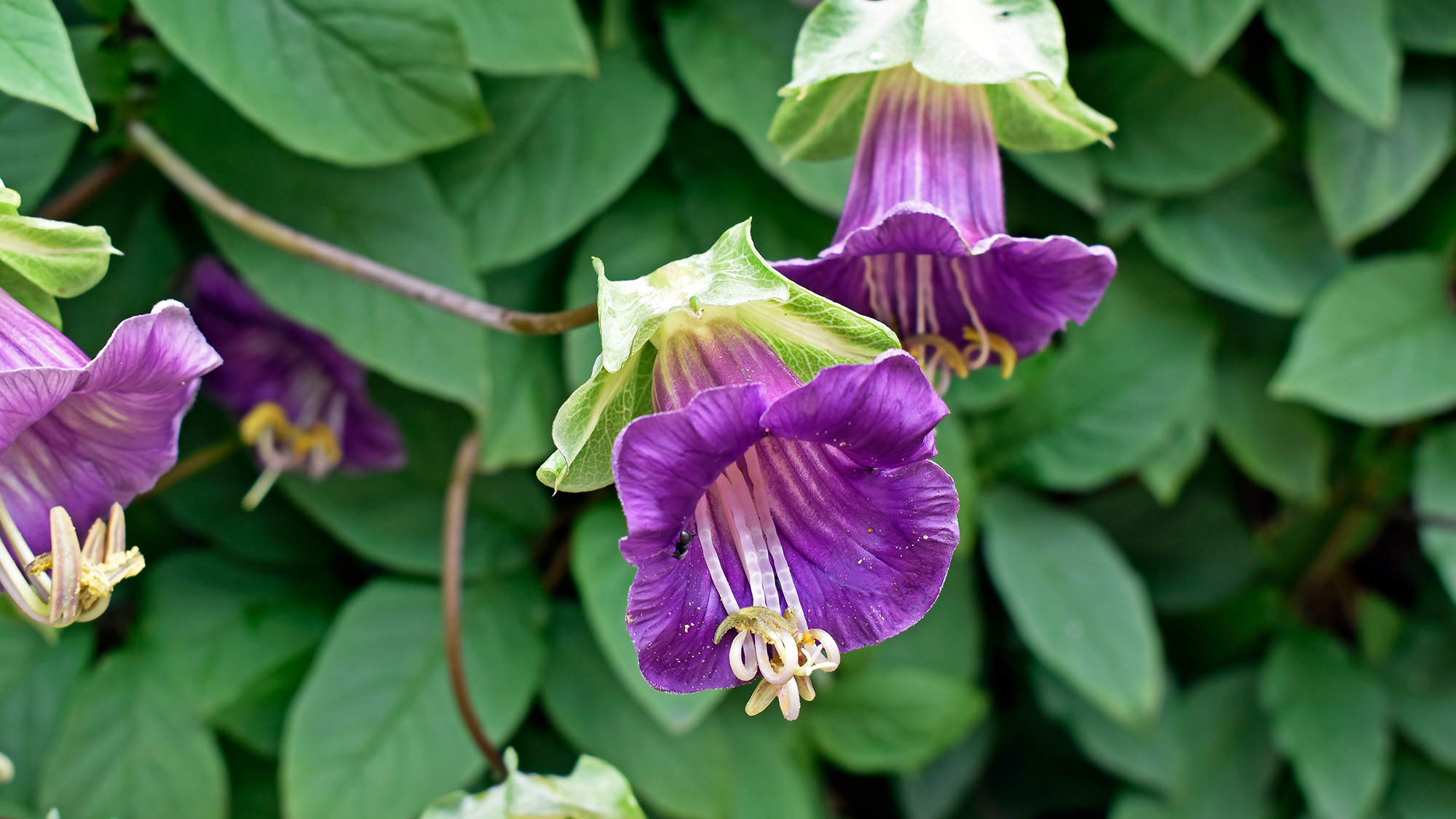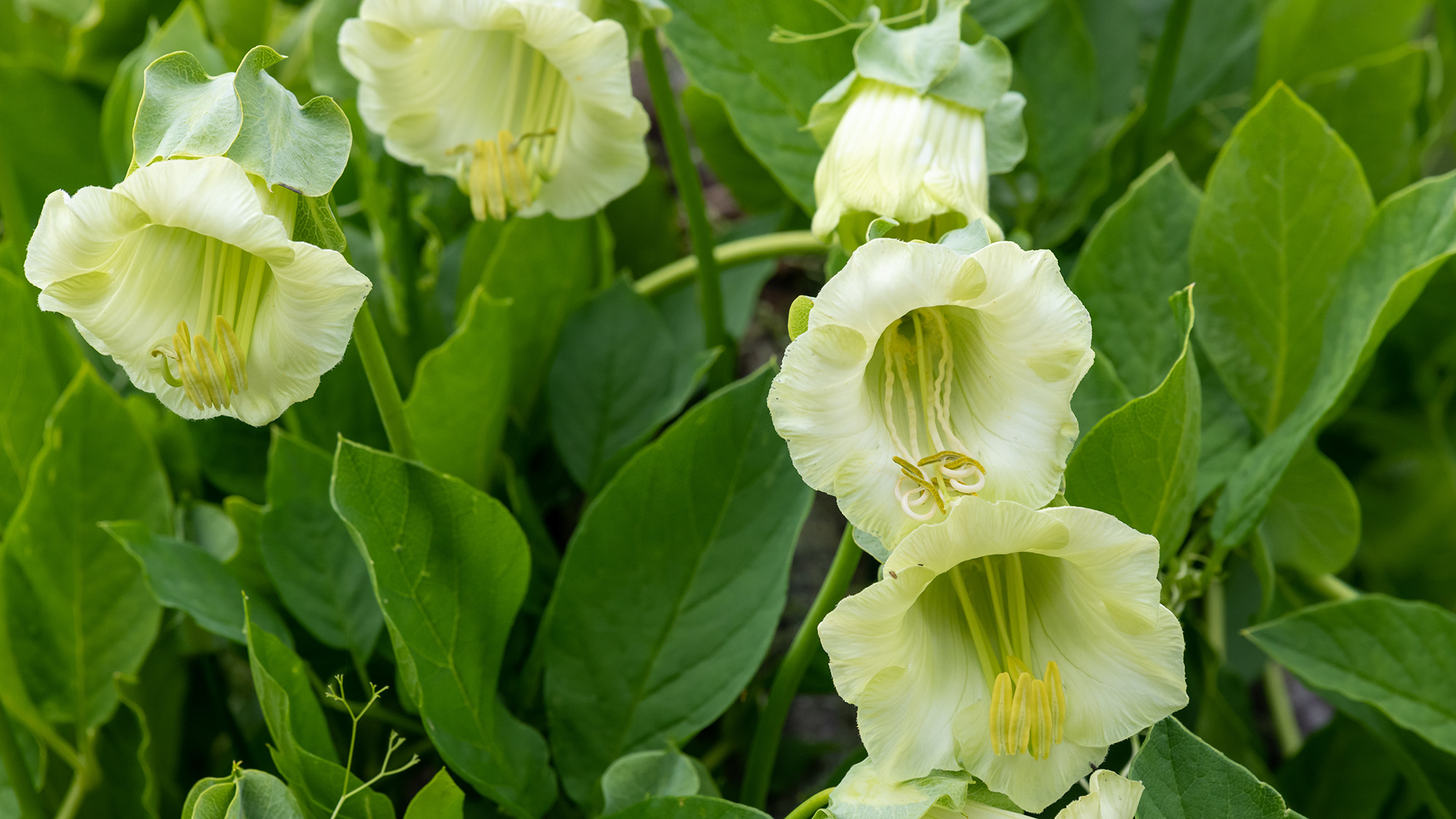Who wouldn’t want to turn their yard into a hummingbird haven? These hovering birds are a glorious sight, and while you can enjoy their spectacular plumage and acrobatics, your yard will benefit from the hummingbird’s prowess as a super pollinator.
One way to attract hummingbirds to your yard is by making up a simple nectar recipe that will provide them with a high-energy food source to enable them to go about their good work.
But apart from enticing them into your yard with sweet nectar, they will also be attracted by plants. And there’s one particular flowering beauty that will have them flocking in.

The cup and saucer vine (Cobraea scandens) is a fast-growing climber, and appropriately named because the delicate flowers resemble a cup or bell. You may also hear it being referred to as cathedral bells, Mexican ivy, or monastery bells, and it’s native to Mexico.
Hummingbirds love this vine as its long tubular blooms provide it with the optimum feeding conditions and rich nectar.
What’s more, apart from attracting hummingbirds, the cup and saucer vine will also encourage bees and butterflies to your yard, creating a wonderful wildlife habitat. And it’s even known to attract bats.
How to grow the cup and saucer vine

This vine will perform best in USDA hardiness zones 9 to 11, and prefers well-draining soil and full sun, with a minimum of six hours per day. You’ll be rewarded with beautiful blooms from late summer into early fall. Although you’ll have to wait for the flowers to turn purple, as they start off green.
It’s a vigorous plant that can grow up to 30 or 40 feet in its natural environment. For this reason, it works well on trellis or fencing, where it will create a beautiful wall of cascading bells. However, it can also be grown in containers if the plant is given enough space.
Get sowing
Start sowing the seeds indoors about 6-8 weeks before the last frost date in your area. Then, about two weeks after the last frost, transplant the seedlings outdoors, waiting until the temperature is consistently about 50°F. If you live in the warmer zones 9 and 10, Eden Brothers suggests sowing directly outdoors after the last frost.
Apart from attracting hummingbirds, these blooms are beautiful when cut into a bouquet, with Eden Brothers also suggesting the flower heads can be cut and floated in shallow bowls.
Good to know
In its native environment, the cup and saucer vine is a tender perennial, and it should be grown in a sunny spot or in a position to gain afternoon shade in hotter climates. In cooler zones, the plant will act as an annual.
Follow Tom’s Guide on Google News to get our up-to-date news, how-tos, and reviews in your feeds. Make sure to click the Follow button.